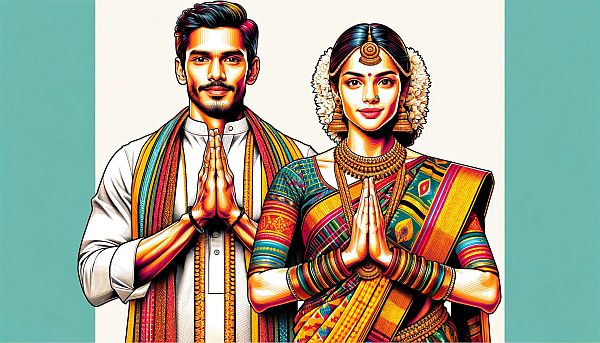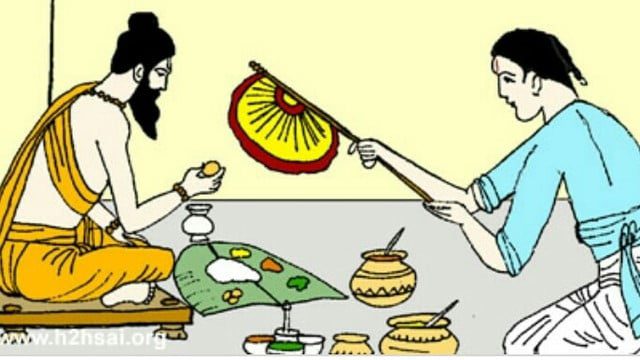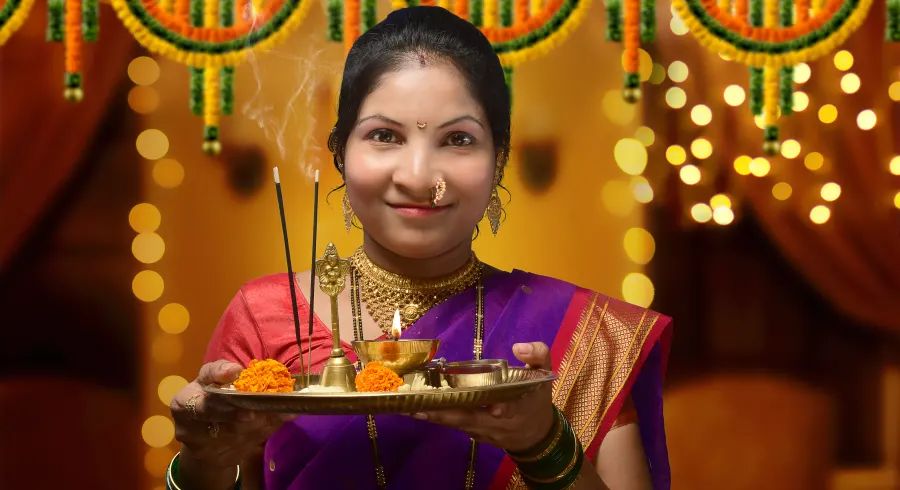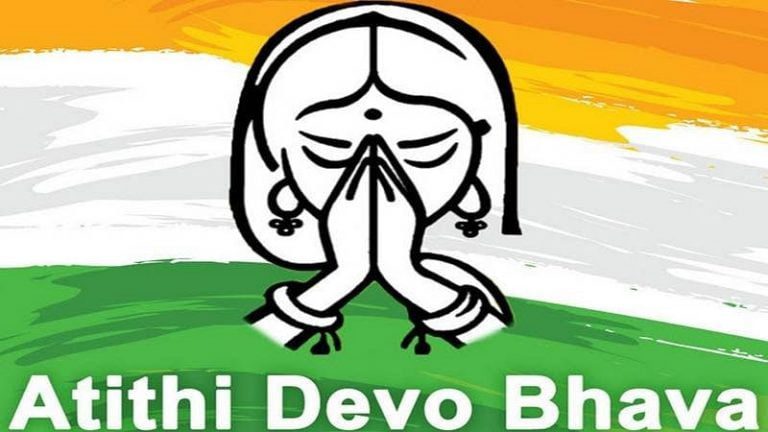Lessons from “Atithi Devo Bhava”
Great customer service goes beyond solving problems. It’s about making people feel valued, respected, and cared for. In India, hospitality is a way of life, not just a business practice.
The phrase “Atithi Devo Bhava” (अतिथि देवो भव) means “The guest is God.” This mindset shapes how Indians treat guests, elders, and even strangers. It also provides powerful lessons for businesses that want to improve customer experience and loyalty.
How does this cultural tradition translate into great customer service? Let’s explore.

How does this ancient tradition translate into modern business success? Let’s explore.
What Makes Customer Service Great?
Customer service is not just about answering questions. It’s about creating positive experiences before, during, and after a purchase.
Key Elements of Great Customer Service:
- Respect – Treat customers as honored guests.
- Understanding – Anticipate customer needs before they ask.
- Attentiveness – Offer personalized service that makes people feel valued.
- Exceeding Expectations – Go beyond the basics to leave a lasting impression.
Now, let’s see how Indian hospitality naturally follows these principles.
How Indian Hospitality Mirrors Great Customer Service
In Indian homes, guests are treated with generosity and warmth, no matter their background. This extends beyond homes into daily interactions, markets, and businesses.
Core Indian Hospitality Values That Apply to Business:
- A Warm Welcome: Indians greet with a Namaste, showing immediate respect.
- Title-Based Respect: People use “Uncle” or “Aunty” to address elders, even strangers.
- Anticipating Needs: Guests are often offered water or tea before they ask—a habit that businesses can apply to better serve customers.
- Offering the Best: Indian hosts share their best resources with guests, just like businesses should offer top-quality service to customers.
This deep-seated cultural mindset translates into customer-first thinking in businesses worldwide.
How Indian Culture Aligns with Customer Service Excellence
Let’s break down how key Indian traditions connect to modern business success.
| Indian Hospitality Principle | How It Enhances Customer Service |
|---|---|
| Atithi Devo Bhava – “The Guest is God” | Treat customers with the same respect and care as house guests. |
| Namaste & Warm Greetings | Acknowledge customers with politeness and a welcoming tone. |
| Anticipating Needs | Offer solutions before the customer asks. |
| Going Above & Beyond | Provide unexpected value—follow-ups, personalized recommendations, or small gestures. |
| Inviting Guests to Return | Encourage customer loyalty like inviting a guest back. |
Businesses that adopt these values create trust, long-term loyalty, and customer delight.
Real-World Examples of This Mindset in Business
Retail & Restaurants:
- Many Indian-owned businesses welcome customers with small gestures of hospitality, like a warm greeting or a complimentary treat.
- Attentive service means offering recommendations, ensuring comfort, and treating customers like family.

Tech Support & Call Centers:
- Many Indian customer service agents are trained to listen carefully, express gratitude, and resolve issues with patience.
- Addressing customers as “sir” or “madam” adds a layer of politeness and trust.
Luxury Hotels & Tourism:
- India’s five-star hotels (Taj, Oberoi) are world-renowned for their personalized service and traditional welcomes.
- International visitors often note the genuine warmth and attentiveness of Indian hospitality.

Even outside India, many businesses adopt Indian-style service to create memorable customer experiences.
How Other Cultures Approach Hospitality
While India is famous for its deep-rooted hospitality, many cultures have similar traditions of respect and warmth in service.
| Country | Greeting & Hospitality Practice |
|---|---|
| Japan 🇯🇵 | Omotenashi – Anticipating customer needs before they ask. |
| Thailand 🇹🇭 | Wai – Hands-pressed greeting, showing deep respect. |
| Middle East 🌍 | Guests are welcomed with coffee, tea, and long conversations. |
| Turkey 🇹🇷 | Misafirperverlik – Hospitality as a sacred duty. |
| Italy 🇮🇹 | Personalized service in restaurants & small businesses, treating customers like family. |
These cultural approaches align with Indian values, proving that respect and warmth are universal drivers of customer satisfaction.
How to Apply These Principles to Your Business
You don’t have to be in India to use Indian hospitality in customer service.
Simple Ways to Improve Customer Service Using “Atithi Devo Bhava”:
Welcome customers warmly, like greeting a guest at home.
- Use polite and respectful language, making customers feel valued.
- Anticipate customer needs and provide solutions before they ask.
- Add thoughtful touches—personalized recommendations, free samples, or small gestures of appreciation.
- Encourage return visits with gratitude and follow-ups.
Even small acts of hospitality can turn a one-time customer into a lifelong supporter.

Customer Service as a Cultural Strength
In India, relationships matter more than transactions. This belief—treating every customer like an honored guest—is what makes great businesses stand out.
By bringing warmth, anticipation, and deep respect into customer service, businesses can create memorable experiences and lifelong loyalty.
Try This Challenge:
Today, treat a friend, colleague, or customer as if they were a guest in your home. How does it change their response?
Embrace the power of hospitality in business.
